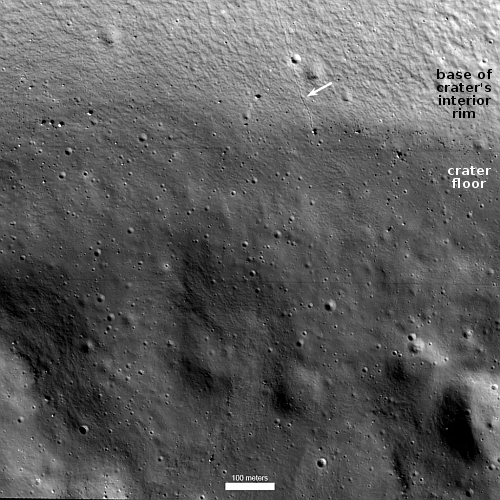
What some conservatives are going to have to face
to bring liberty back to America
A wise man once said that to beat your enemy you need to know him better than he knows himself. It is to this purpose I write this essay.
Even now, with blacklisting, censorship, and intolerance against dissent the normal standard held by our leftist elitist intellectual class, conservatives still assume naturally that anyone they meet anywhere, whether on the street, at their job, or among their family, are old-fashioned freedom-loving Americans who — whether they are Republicans or Democrats — will stand together for liberty wherever tyrants strike.
This assumption is 100% wrong, and it is why conservatives have been so steadily losing ground in the battle for freedom for decades. Blacklisting is now acceptable to a large percentage of Americans on the left. Censorship and violence against their opponents is okay, and is actually considered the right thing to do for many ordinary Democrats.
Just yesterday the Democrats themselves in Congress proved this point. When faced with a bill that simply condemned the more than hundred violent attacks against “pro-life facilities, groups, and churches” since the May 2, 2022 leak of the Supreme Court decision striking down Roe v Wade, 208 out of 211 Democrats voted against it.
The bill did not support the banning of abortion. All it demanded that Congress:
» Read more










